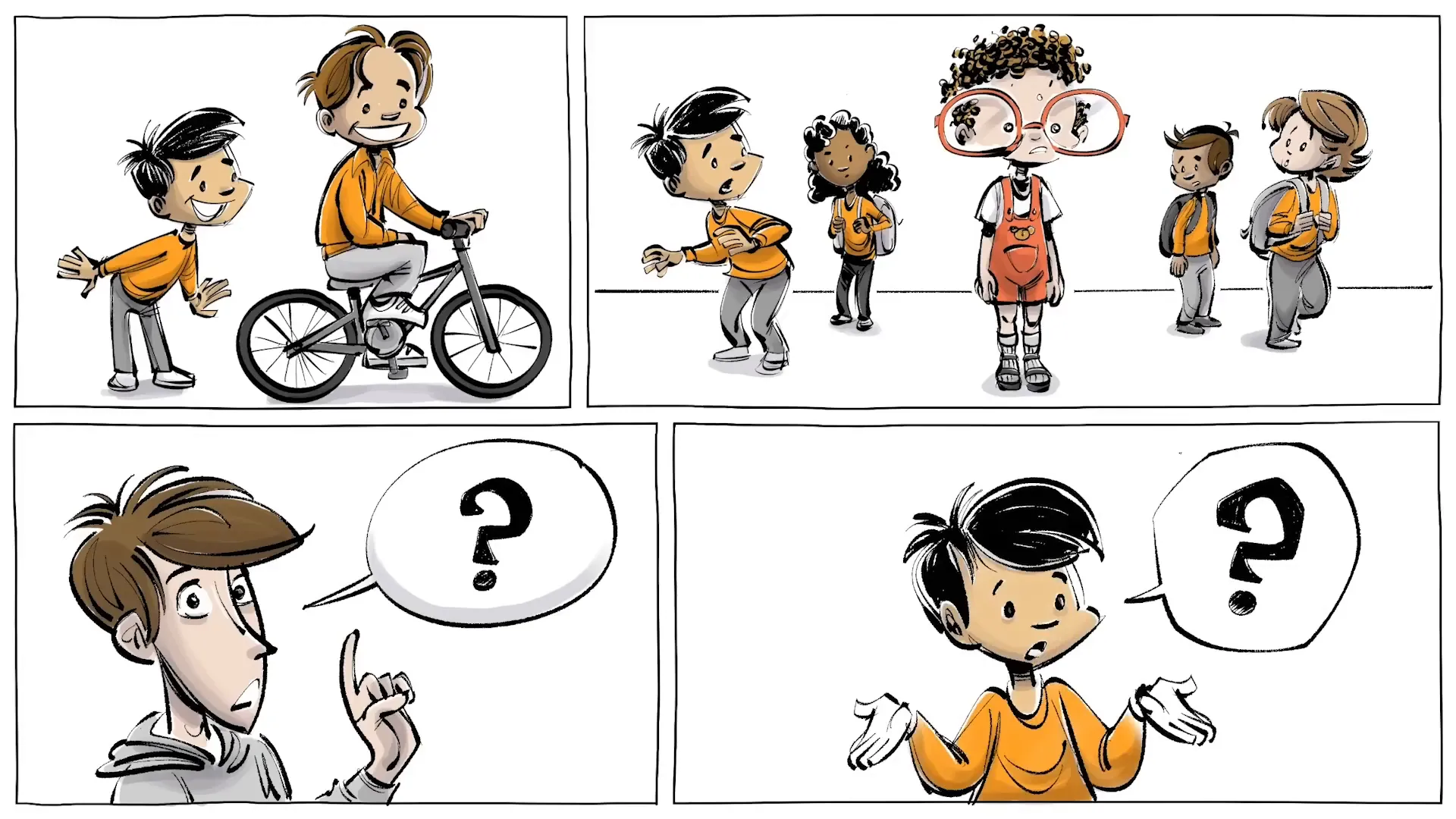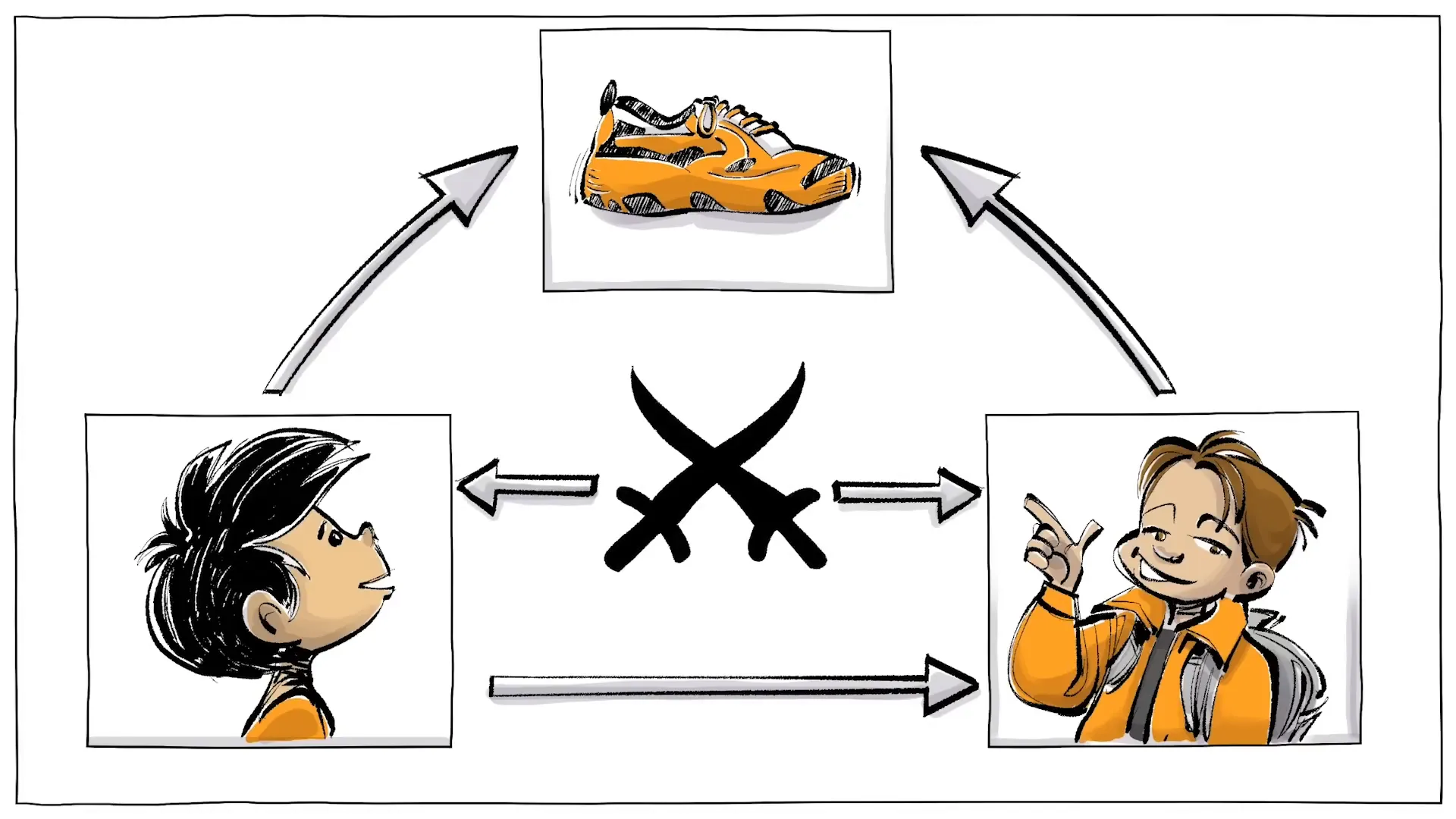Jan 2, 2025
Mimetic Theory: Understanding Human Desire

Introduction
When you desire one thing over another or want to become a certain type of person, you may think that’s your personal preference. However, one psychological explanation of human behavior suggests that we often have no idea what we truly want and instead imitate others. This phenomenon is encapsulated in mimetic theory.
Mimetic theory
Mimetic Theory posits that there are essentially two sides to human desire. The first is Physical Desires, which are our cravings for utility—the intrinsic value of objects. The second is Metaphysical Desires, which refer to our longing for identity and what objects can say about us. For instance, if you are hungry, you might want to eat anything to satisfy that physical need. Alternatively, you might wish to eat out, choosing a place that reinforces your self-conception and the person you aspire to become. In this case, you are trying to satisfy your metaphysical desire.
Rene Girard
Rene Girard, the French philosopher who established the theory, argued that most of our desires are metaphysical. He called them mimetic because we mimic the desires of those around us. We imitate others because we long for their recognition, hoping to become a heightened being that will be remembered—ideally, forever.

The schoolyard dilemma
This ideal is often abstract and challenging to achieve, leading us to take shortcuts and form associations with objects and models we believe have already achieved this status. Consequently, our deepest desires and moral principles are fundamentally anchored by models and the objects, values, and culture associated with them. In school, for example, we want to wear what the cool kids wear and, by the same logic, avoid resembling the social outcasts.

Illusion of autonomy
This longing for and against certain models raises a fundamental question: Do we, in fact, possess any autonomy? If we merely desire what others desire, our decisions may not truly be ours, and we could be far from independent in our behavior. As Girard aptly noted, "Individualism is a formidable lie." This leads to a significant problem.

Subject, object and mediator
The relationship between a subject and an object unfolds through a model, also referred to as a mediator—who desires the same things. This dynamic can eventually lead to rivalry between subjects and mediators, especially if they begin to imitate each other. When they both dislike the idea that they cannot have what they want, they seek a victim to blame. This unification of imitative desires can lead to the scapegoating of an agreed-upon individual, resulting in that person being expelled or even killed. Once social order is restored, and individuals feel happy about solving their issues, the cycle begins anew.

The cycle of scapegoating
This cyclical nature of human behavior raises intriguing questions: Was Girard right in asserting that we are all trapped in societies dictating who we should aspire to become? Or do we possess independent desires that transcend our basic needs for food and shelter? These inquiries challenge our understanding of autonomy and desire.

What do you think?
As we reflect on these ideas, it's crucial to consider how they play out in our everyday lives. Are our desires genuinely our own, or are they a reflection of the societal pressures and models around us? What steps can we take to foster a greater sense of autonomy in our desires? The exploration of these questions can lead to a deeper understanding of ourselves and the influences shaping our aspirations.
Conclusion
In conclusion, mimetic theory offers a compelling lens through which to view human desire, identity, and the social dynamics at play in our lives. Understanding these concepts can empower us to navigate our desires more consciously and perhaps discover a path towards more authentic living.
This article was created from the video Mimetic Theory: Two Types of Psychological Needs with the help of AI. It was reviewed and edited by a human.